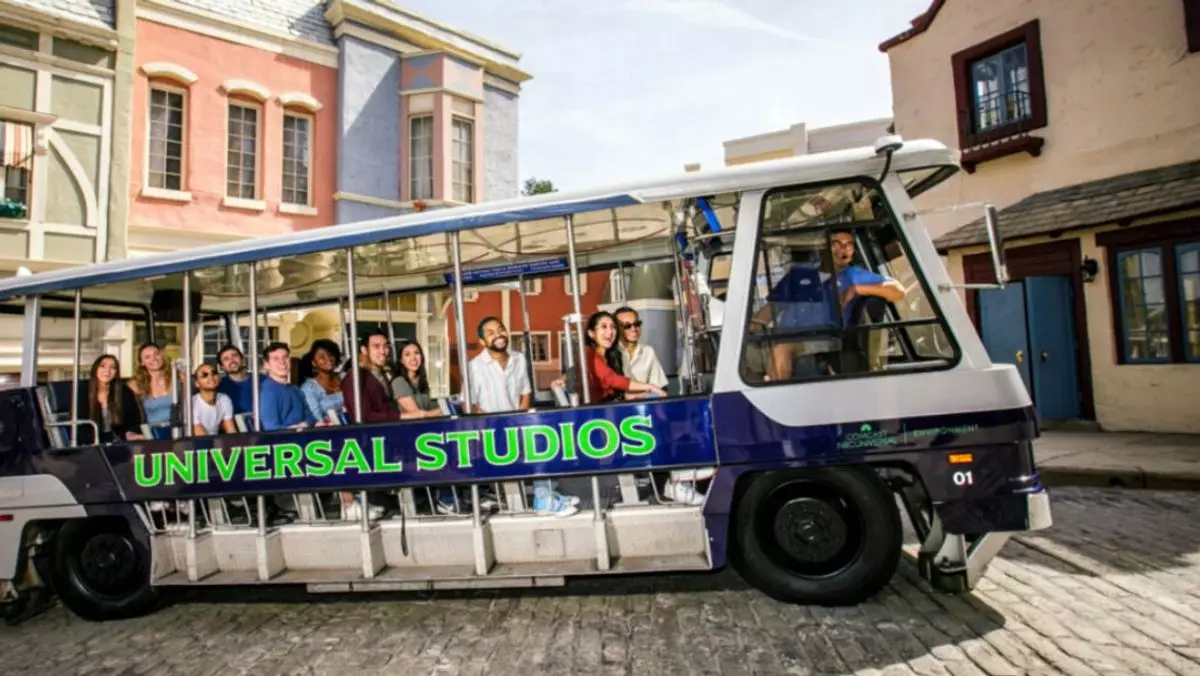The recent wildfires raging through portions of Los Angeles County have forced a wave of closures across numerous attractions, drastically impacting both residents and visitors. In response to the escalating emergency, California Governor Gavin Newsom declared a state of emergency. This crucial action comes as flames obliterate homes and threaten businesses, eliciting a profound concern for public safety and environmental wellbeing.
Authorities, including the California Department of Forestry and Fire Protection, reported alarming figures: the Palisades Fire stretched nearly 3,000 acres as of Wednesday morning and was not contained. The human toll is also tragic, with at least two lives lost amidst the chaos. Such data sends shockwaves through the community, highlighting the immediate need for assistance and reflection on disaster preparedness.
Among the locations affected, cultural institutions like the Getty Center and Getty Villa announced consecutive closures, with operations suspended through the weekend. Though vegetation on the property ignited, the museum reassured the public that their structures and priceless collections remained unscathed, thanks in part to proactive measures taken to clear brush and prepare for potential fire threats. Their statement praised the efforts of Los Angeles fire agencies and the commitment of Getty staff, who stayed on-site during the crisis.
Additionally, the famous Hollywood Sign, a symbol of the city’s entertainment heritage, announced its closure, although the timeline for reopening remained unclear. The Griffith Observatory, Universal Studios Hollywood, and the Los Angeles Zoo followed suit, citing strong winds feeding the flames as a critical factor in their decisions. The ripple effect of the fires reverberates beyond the immediate area; even the Hollywood Burbank Airport faced flight disruptions, with minor delays reported at Los Angeles International Airport.
Despite the unfolding disaster, there is a noticeable spirit of resilience and unity among community members. The Los Angeles Tourism and Convention Board expressed their heartbreak over the devastation, extending sympathies to affected residents. This response underscores a collective sentiment that, while celebrating the city’s vibrant attractions, the wellbeing of the community takes precedence.
As the smoke clears and the fire crews work tirelessly to combat the flames, local and state officials are compelled to reassess emergency response protocols and community preparedness strategies. This catastrophe serves as a stark reminder of the increasing frequency and intensity of wildfires linked to climate change, prompting discussions about long-term sustainability and preventative measures.
In the wake of this disaster, the city must not just rebuild, but also rethink how it safeguards its future and supports its residents during such crises. The heartbreaking images of devastation and loss could pave the way for meaningful changes in policy and community engagement in Los Angeles, ensuring that resilience is not just a response to disaster, but a core principle of the city moving forward.


Leave a Reply